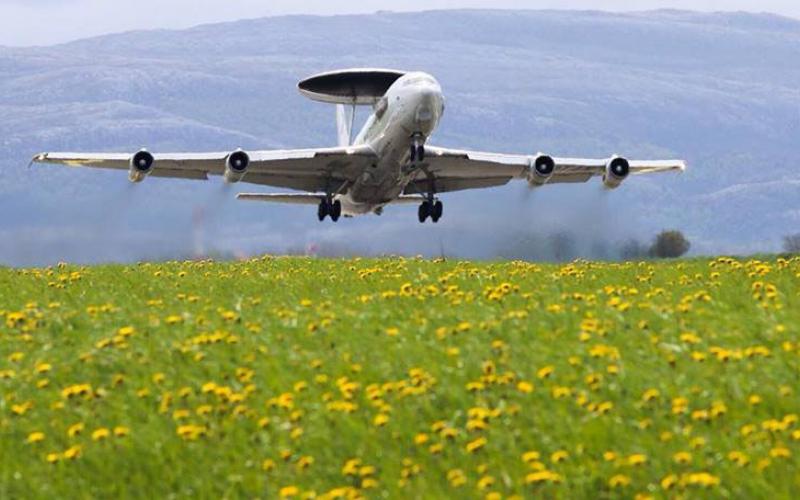 When NATO first envisioned a joint intelligence, surveillance and reconnaissance (ISR) capability following a 2012 summit in Chicago, alliance members were not at all sure exactly what that meant, says Matt Roper, the chief of joint ISR within NATO’s Communications and Information Agency. “It’s fair to say at that point that joint ISR was an emerging construct for NATO. We all knew what ‘joint’ meant. We all knew what ‘intelligence’ meant. We all knew what ‘surveillance’ and ‘reconnaissance’ meant as individual commodities, but putting them together and calling it “joint ISR” wasn’t necessarily clear,” he says. “I think it would be fair to characterize the efforts in NATO ISR as being truly transformational.”
When NATO first envisioned a joint intelligence, surveillance and reconnaissance (ISR) capability following a 2012 summit in Chicago, alliance members were not at all sure exactly what that meant, says Matt Roper, the chief of joint ISR within NATO’s Communications and Information Agency. “It’s fair to say at that point that joint ISR was an emerging construct for NATO. We all knew what ‘joint’ meant. We all knew what ‘intelligence’ meant. We all knew what ‘surveillance’ and ‘reconnaissance’ meant as individual commodities, but putting them together and calling it “joint ISR” wasn’t necessarily clear,” he says. “I think it would be fair to characterize the efforts in NATO ISR as being truly transformational.”
Since then, officials have undergone a wide range of major endeavors. They include developing the NATO Joint ISR Initiative and creating a joint ISR capability manager, which brings together a range of organizations, such as the NATO Joint ISR Task Force and the Joint ISR Project Group. The alliance also agreed on a joint ISR capability implementation plan that involves establishing training and education, creating a coherent doctrine and standardizing processes, and building a robust networking capability to carry out ISR activities.
Now, NATO is exploring a broad spectrum of technologies and capabilities, including artificial intelligence and big data analysis, open source intelligence, biometrics, cyber resilience, electronic warfare and counterterrorism capabilities.
Much of the work done over the last few years will be on trial in a sense during the next Unified Vision exercise. It will allow officials to evaluate a number of doctrinal, procedural and technical initiatives in the joint ISR arena.
Unified Vision this year is a “crucial event for NATO’s ISR community,” Roper says. The exercise has two key objectives: to maximize the interoperability of NATO and national ISR assets and capabilities and to further enhance joint ISR processes with a specific focus on federated processing, exploitation and dissemination of information. It will include about 20 nations, possibly including three non-NATO nations.
“A lot of this is coming together in the Unified Vision, which is our flagship event—not just for us but of course the NATO nations and NATO at large, focusing on a number of standards and operational procedures and processes,” he explains. “We’re also addressing the delicate subject of the nations’ willingness to share ISR data in formats that can be further exploited and/or combined with other data for multi-intelligence analysis.”
He adds that “combining of data” and the technological opportunities to do that is key to the exercise. “Data combination, data compiling, multi-intelligence and multidata analysis are some of the technologies that we will be looking at,” Roper reports.
Integrating technologies and capabilities from a number of different nations continues to present challenges. “What we’re realizing in the context of a joint ISR enterprise for NATO is it’s really not just about what NATO can buy and own and operate, but it’s about what we can synchronize in terms of NATO-owned and operated capabilities with those of the nations,” he says. “Many of the nations have embarked on quite ambitious ISR-related programs and projects of their own for national purposes. Part of our mission is to help the nations ensure that what they buy and what they develop and adopt for national purposes are synchronized as far as is possible with the NATO enterprise requirements.”
No comments:
Post a Comment